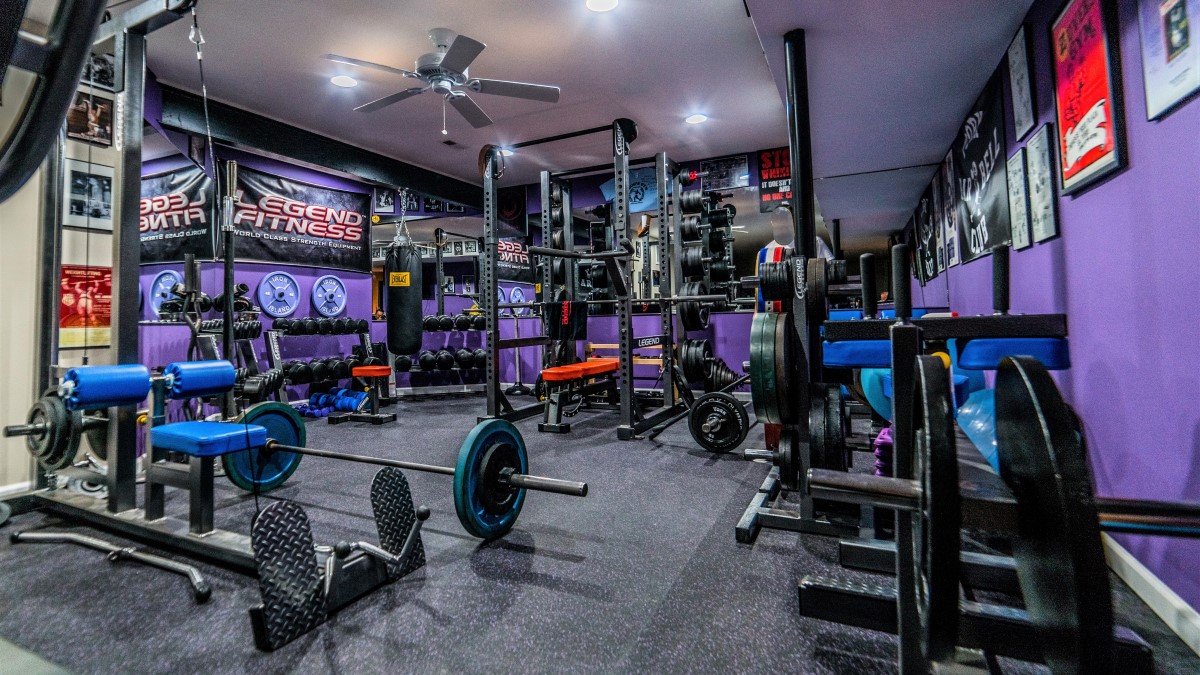Push-Pull-Legs Split: The Gold Standard Workout

Introduction to Push-Pull-Legs Split
The Push-Pull-Legs (PPL) split is a popular workout routine that segments your training sessions into three distinct types, each focusing on different muscle groups. This method allows for comprehensive muscle development, ensures sufficient rest, and enhances overall performance. But is it still the gold standard amidst evolving fitness trends?
Understanding the PPL Framework
Push Day
On Push days, focus on exercises that engage the muscles involved in pushing movements, primarily the chest, shoulders, and triceps. Typical exercises include:
- Bench Press
- Shoulder Press
- Tricep Dips
Pull Day
During Pull days, target the muscles used in pulling movements, such as the back and biceps. This engagement strengthens your posterior chain, crucial for posture and balance. Common exercises are:
- Pull-Ups
- Barbell Rows
- Bicep Curls
Leg Day
Leg day focuses on the lower body, covering the quads, hamstrings, calves, and glutes. This ensures a balanced workout, as your lower body supports various physical activities. Typical leg exercises include:
- Squats
- Deadlifts
- Leg Presses
Benefits of the Push-Pull-Legs Split
Balanced Muscle Development
The PPL split supports balanced muscle growth by ensuring every major muscle group receives focused attention.
Efficiency and Flexibility
This methodology allows flexibility in your weekly schedule, with the option to adjust the frequency of workouts to fit your lifestyle.
Avoidance of Overtraining
The structure inherently provides adequate rest and recovery by rotating between different muscle group workouts, thus mitigating the risk of overtraining.
Is Push-Pull-Legs Split Still Relevant?
A Preferred Choice for All Levels
While new workout routines gain popularity, the PPL routine remains widely endorsed by both beginners and advanced athletes due to its simplicity and effectiveness.
Synergy with Other Training Programs
Integrating other training techniques, such as high-intensity interval training (HIIT) or strength training, complement the PPL approach effectively.
Integrating the PPL Split into Your Routine
Beginner’s Approach
For beginners, starting with a three-day workout schedule—each day focusing on push, pull, or legs—is recommended. Gradually increase the frequency as your endurance improves.
Advanced Variations
Advanced lifters might prefer a six-day schedule, doubling each session weekly for increased intensity and volume.
Conclusion
Even with the rise of novel workout regimens, the Push-Pull-Legs split continues to be a gold standard because of its comprehensive muscle targeting, flexibility, and support for all fitness levels. Whether you're a beginner or an experienced athlete, incorporating the PPL structure can significantly benefit your fitness journey by promoting balanced growth and preventing overuse injuries.